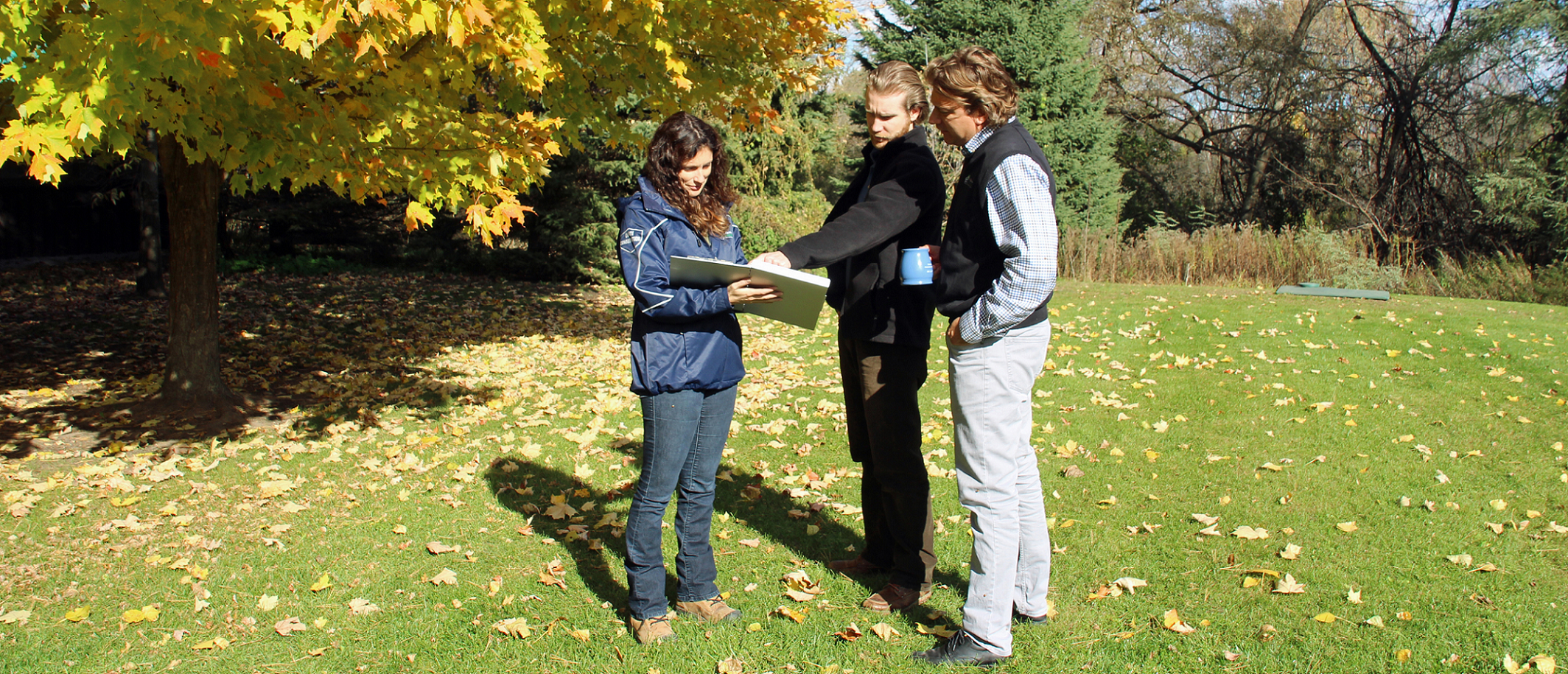Risk Management Services
If you live near a municipal drinking water system, things you do on your property could impact the water in that system. Before the municipality allows you to make any changes to your property, you need to get approval from the Risk Management Official.
Quinte Conservation provides the risk management services for municipalities with significant drinking water threats and/or drinking water systems within the Quinte Region.
If you require a risk management plan we can assist with that process.
What is a Risk Management Official (RMO)/Inspector (RMI)?

The Risk Management Official/Inspector is responsible for administering and enforcing certain policies set out in the source protection plan. This includes:
- Reviewing development applications within vulnerable areas to ensure compliance with source protection plan policies and to protect municipal drinking water sources;
- Negotiating and enforcing risk management plans to manage significant drinking water threats; and
- Enforcing prohibition policies within vulnerable areas.
Further information can be found in the Risk Management Officials and Inspectors Fact Sheet
Risk Management Officials can advise how your how your activities may be affected by policies in the Source Protection Plan. If you require a risk management plan we can walk you through that process.
Certain activities when carried out in the vulnerable areas near a drinking water source, can pose a threat to that water source. The Quinte Region Source Protection Plan contains some policies that call for the prohibition of some activities and measures to manage other activities where they present a significant threat to the municipal drinking water source.
To see how activities may be affected by policies in the Plan check out the Policy Information Map.
What is Prohibition?
The Source Protection Plan prohibits some activities, but only in the most vulnerable areas near municipal drinking water sources. Prohibited activities must not be carried out in the specified applicable area. Less than two hectares of agricultural land in the entire Quinte Region are affected by prohibition. Other types of activities prohibited very close to drinking water sources include: sewage treatment plants, waste disposal sites and the handling and storage of certain dangerous chemicals and large quantities of road salt.
What is a Risk Management Plan?
A risk management plan is a strategy to regulate how a significant drinking water threat activity is undertaken on a specific property. It outlines what actions are required to control how the significant drinking water threat activity is carried out so the risks to the municipal drinking water source are reduced or eliminated. Risk management plans are site specific documents. They are negotiated and agreed on by both the risk management official (appointed by a municipality) and the person engaged in the activity. A risk management plan allows certain activities that are identified as significant threats to continue on a specific parcel of land, provided that the measures in the risk management plan are followed. The intent is that the risk management plan be voluntarily negotiated wherever possible. This means there is opportunity for discussion, flexibility and agreement as to how a significant drinking water threat will be regulated on a property in order to reduce the potential impact on drinking water sources. The risk management plan includes and accounts for any risk management measures that may already be in place, such as a nutrient management plan. For further information please check the Prohibition and Risk Management Plan Fact Sheet.
Negotiating a Risk Management Plan
If you are planning to undertake an activity that could pose one of the 22 Prescribed Drinking Water Threats you may need a risk management plan. If your property is within a vulnerable area and needs a risk management plan, the Risk Management Official will contact you to set up a site visit. During this visit, we will discuss with you how the threat activity can be managed as well as how to draft the risk management plan. Risk Management Plans typically include:
- Contact information
- Actions to take to reduce the threat to the local water source
- Any monitoring or reporting required
- A map of the property's vulnerable areas
- An approximate timeline for an inspection
Together, we will discuss the plan and answer any questions you have. When both you and the risk management official area happy with the risk management plan, both you and the risk management official will sign it.
For future planned activities you will likely be referred by your municipality or you will contact the Risk Management Office directly prior to proceeding. You may require a risk management plan and/or a source protection notice.
Source Protection Notice
You need a source protection notice if you own property in a vulnerable area surrounding a municipal drinking water system and have filed a Planning or Building Application with your municipality. Applications for the following typically require a source protection notice in vulnerable areas:
- Building permit
- Minor variance
- Consent
- Zoning by-law amendment
- Official Plan amendment
- Site plan approval
The notice will identify that:
- the activity is prohibited;
- a risk management plan has been agreed to or established for the activity; or
- neither prohibition or risk management measures apply.
If the activity is prohibited by the Source Protection Plan then the application cannot proceed.
If a risk management plan is established then the application can proceed.
If neither prohibition nor risk management measures apply then the application may proceed.
Check our Policy Information Map to determine if you are in one of these vulnerable areas.
For more information contact the Risk Management Office at Quinte Conservation.












